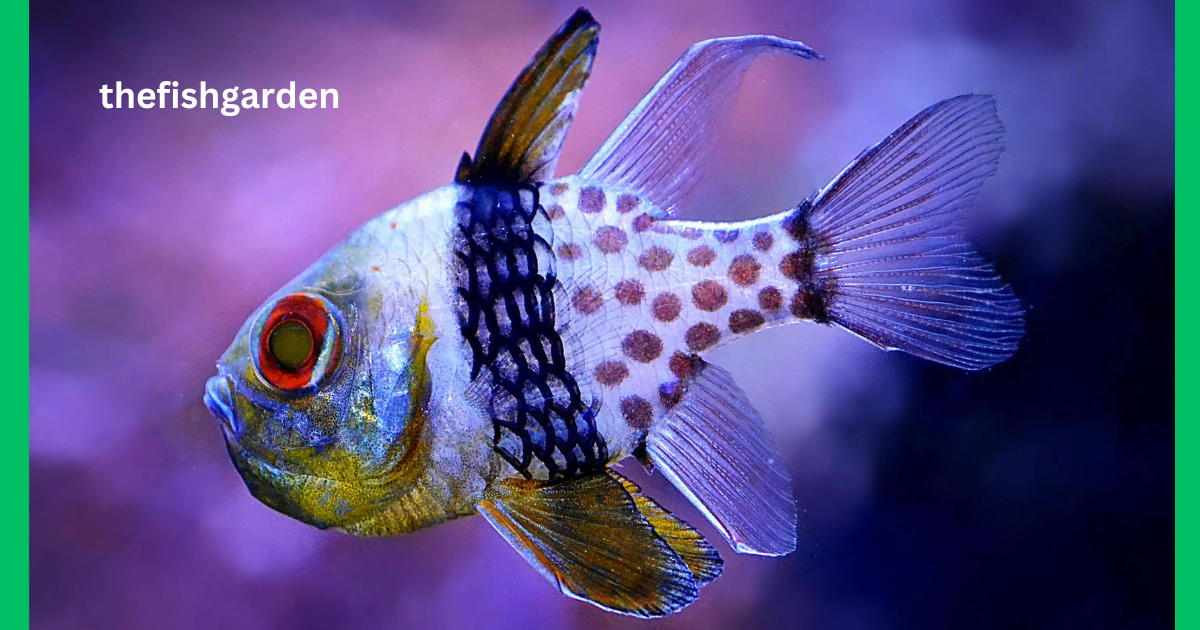Welcoming a Betta fish into your home is an exciting experience. However, many overlook a crucial step in the process – waiting 24 hours before introducing them to their new tank. In this comprehensive guide, we delve into the significance of this waiting period and provide expert insights on optimal Betta fish care.
Understanding Betta Fish Behavior and Needs
Before delving into the necessity of the 24-hour waiting period, it’s vital to comprehend the unique characteristics and requirements of Betta fish.
Betta Fish Characteristics
| Characteristics | Description |
|---|---|
| Colorful Appearance | Betta fish are known for their vibrant colors and flowing fins, making them a popular choice among aquarium enthusiasts. |
| Aggressive Nature | Male Betta fish, in particular, exhibit territorial behavior and may engage in aggressive interactions with other fish, especially if housed together in small spaces. |
| Labyrinth Organ | Betta fish possess a labyrinth organ, enabling them to breathe air directly from the surface, in addition to extracting oxygen from the water through their gills. |
| Tropical Habitat | Originating from Southeast Asia, Betta fish thrive in warm, tropical environments with stable water conditions. |
Betta Fish Requirements
| Requirements | Details |
|---|---|
| Proper Nutrition | Betta fish require a balanced diet consisting of high-quality pellets, flakes, and occasional treats such as bloodworms or brine shrimp. |
| Adequate Space | Despite their small size, Betta fish need sufficient space to swim and explore. A tank with a minimum capacity of 5 gallons is recommended for optimal comfort. |
| Warm Water | Maintaining a consistent water temperature between 75-82°F (24-28°C) is essential for Betta fish health and wellbeing. Using a heater is often necessary, especially in colder climates. |
| Filtration System | A filtration system helps to maintain water quality by removing debris and harmful toxins, ensuring a healthy environment for Betta fish to thrive. |
Importance of Waiting 24 Hours
Now, let’s delve into why waiting 24 hours before adding Betta fish to their new tank is critical for their health and longevity.
Acclimatization Period
How does the 24-hour waiting period benefit Betta fish?
Allowing the tank to stabilize for 24 hours helps in acclimatizing Betta fish to their new environment. This period enables the water temperature to reach a consistent level, ensuring a smooth transition for the fish.
Chemical Balancing
What chemical parameters need to be balanced before introducing Betta fish?
During the 24-hour waiting period, the water undergoes chemical balancing, including the removal of chlorine and chloramine through the use of water conditioners. Additionally, beneficial bacteria start colonizing surfaces, aiding in biological filtration.
Stress Reduction
How does the waiting period minimize stress for Betta fish?
Introducing Betta fish to a freshly set up tank can be stressful due to fluctuations in water parameters and residual chemicals. Waiting for 24 hours allows the tank environment to stabilize, reducing stress for the fish and promoting better adaptation.
Disease Prevention
Can waiting 24 hours help prevent diseases in Betta fish?
By allowing the tank to mature for 24 hours, harmful pathogens and parasites are less likely to thrive, reducing the risk of disease transmission to Betta fish. This proactive measure contributes to their overall health and wellbeing.
Best Practices for Betta Fish Care
In addition to the 24-hour waiting period, implementing proper care practices is essential for ensuring the health and happiness of Betta fish.
Tank Setup
What elements are essential for an ideal Betta fish tank setup?
An ideal Betta fish tank setup includes a substrate, live or silk plants for hiding spots, gentle filtration, a heater to maintain optimal temperature, and a secure lid to prevent jumping.
Feeding Regimen
How often should Betta fish be fed?
Betta fish should be fed small amounts of high-quality pellets or flakes once or twice daily. Overfeeding can lead to health issues such as bloating and water quality issues.
Water Maintenance
What is the recommended water maintenance routine for Betta fish?
Performing regular water changes (20-30% weekly), monitoring water parameters (pH, ammonia, nitrite, nitrate), and cleaning the tank and equipment are essential for maintaining a healthy aquatic environment.
Conclusion
In conclusion, the 24-hour waiting period before introducing Betta fish to their new tank is a crucial step in ensuring their health and wellbeing. By allowing the tank environment to stabilize, balancing chemical parameters, and reducing stress, this practice sets the foundation for optimal Betta fish care.
Remember to adhere to best practices for Betta fish care, including proper tank setup, feeding regimen, and water maintenance, to provide a thriving habitat for these fascinating creatures.
FAQs
Can I add Betta fish to a new tank immediately
Answer: It’s best to wait 24 hours before introducing Betta fish to a new tank to allow for water temperature stabilization, chemical balancing, and stress reduction.
Why is water temperature important for Betta fish
Answer: Betta fish are tropical species that require warm water (75-82°F/24-28°C) to thrive. Maintaining optimal water temperature is crucial for their metabolic functions and overall health.
How do I acclimate Betta fish to their new tank
Answer: To acclimate Betta fish, float their container in the tank for 15-20 minutes to equalize temperature, then gradually introduce small amounts of tank water into the container before releasing them.
Can Betta fish live with other fish
Answer: Male Betta fish are territorial and may exhibit aggression towards other males or fish with similar characteristics. It’s best to keep them alone or with peaceful tank mates in a sufficiently spacious tank.
What should I do if my Betta fish shows signs of illness
Answer: If your Betta fish exhibits signs of illness such as lethargy, loss of appetite, or abnormal behavior, promptly isolate them in a separate tank and consult with a qualified aquatic veterinarian for proper diagnosis and treatment.
By following these guidelines and providing optimal care, you can ensure a fulfilling and rewarding experience in caring for Betta fish.
